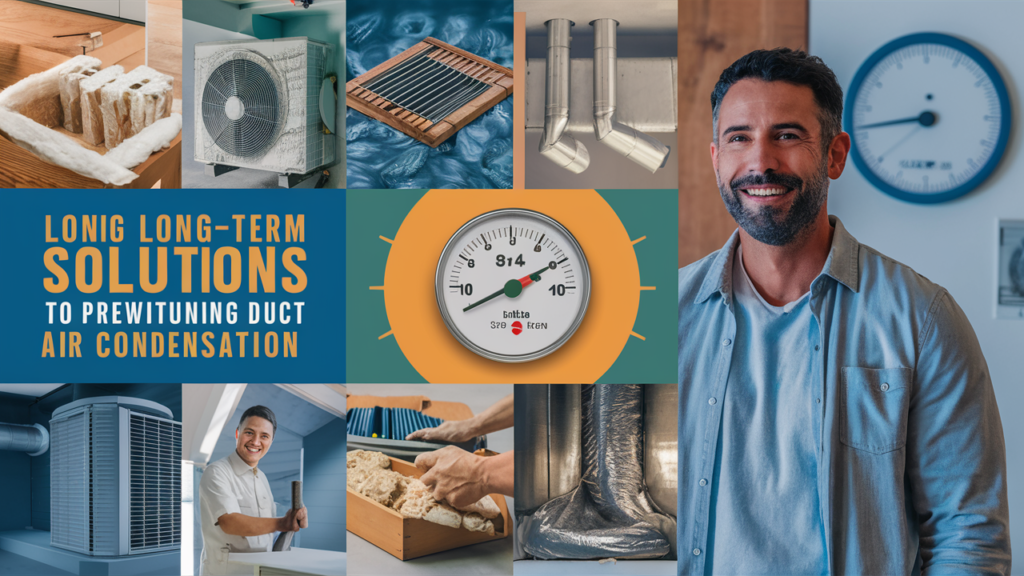As the summer heat becomes unbearable, air conditioning becomes a necessity. However, it can be frustrating when the cool air is accompanied by dripping water from your AC ducts. This phenomenon is known as condensation in AC ducts, and not only can it lead to costly repairs, but it also causes discomfort in your home. Fortunately, with proper maintenance and some long-term solutions, this issue can be prevented.
Visit Anderson Air for more information on preventing condensation in AC ducts and other HVAC services they offer.
In this article, we’ll discuss what causes condensation in AC ducts and how to fix it using long-term solutions that will save you time, money, and frustration.
Understanding condensation in AC ducts
Condensation occurs when warm air meets a cold surface, causing moisture to form. In air conditioning systems, this typically happens when cool air from the AC unit flows through the ductwork, which is often located in unconditioned spaces such as attics or basements. As the cool air passes through the ducts, it cools down the surrounding air in these spaces, causing condensation on the duct walls.
While some condensation is normal and can be expected during hot and humid weather conditions, excessive amounts of water dripping from your AC ducts should not be ignored. Ignoring condensation issues can lead to water damage, mold growth, and even compromised air quality in your home.
Common causes of condensation in AC duct
Understanding the root cause of condensation in your AC duct is crucial for finding a long-term solution. Here are some common causes to be aware of:
- Poor insulation: Inadequate insulation around your ductwork can cause temperature differences between the cold air flowing through the ducts and the surrounding warm air, leading to condensation.
- Leaky ducts: Cool air can escape if your ductwork has small holes or gaps, causing temperature differences that result in condensation.
- Oversized AC unit: If your unit is oversized for your home, it may turn on and off frequently, creating temperature variations that can result in condensation.
- High humidity levels: When your home has high humidity levels, the moisture in the air increases, increasing the chances of condensation in your ducts.
Long-term solutions to prevent condensation
Preventing condensation in AC duct requires proper maintenance and long-term solutions. Here’s what you can do to keep this issue at bay:
- Regular maintenance checks by professionals: Experienced technicians will perform regular inspections of your HVAC system, including ductwork, to identify any issues before they become costly problems.
- Proper insulation: Adding insulation around your ductwork can help control the temperature and prevent the formation of condensation.
- Duct sealing: By sealing leaks or gaps in your ductwork, you can keep cool air from escaping and maintain stable temperatures, which helps to avoid condensation.
- AC unit sizing: Consult with HVAC experts to ensure your AC unit is appropriately sized for your home to prevent frequent on-and-off cycles.
- Dehumidification: Adding a dehumidifier to your home can effectively manage humidity levels, decreasing the likelihood of condensation in your ducts.
Conclusion
In conclusion, preventing condensation in AC duct is essential for maintaining a comfortable and healthy indoor environment.
Homeowners can prevent discomfort and possible damage from excessive moisture by understanding the causes and implementing long-term solutions such as regular maintenance, proper insulation, duct sealing, appropriate AC unit sizing, and dehumidification. These measures improve the efficiency of your HVAC system and help protect your home from water damage and mold growth.
Read More: The Importance of Warranty: The 6 Month Guarantee of INTACTE Hair
